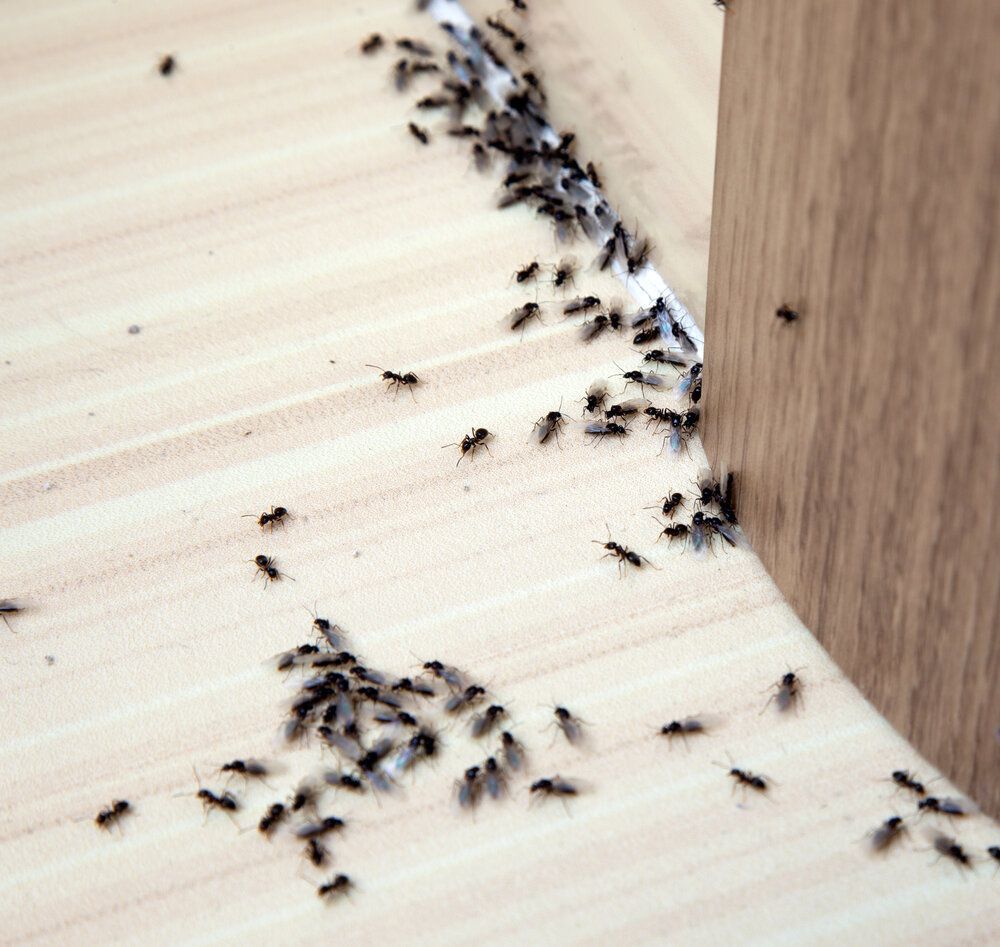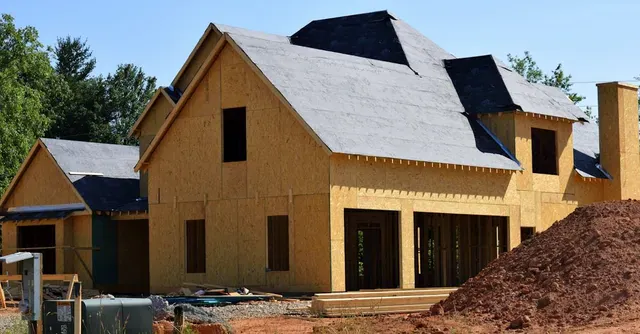Can Construction Increase Pest Activity?
How Does Construction Lead to Increased Pest Problems?
Construction work can often trigger a rise in pest activity in the surrounding areas. Let’s take a closer look at why this happens and what can be done to mitigate the issues. While some DIY methods can help, there are times when contacting a professional pest control company, like Kennewick Pest Control By Bamboo, may be the best solution.
Disturbance of Natural Environments
When construction takes place, it often disrupts the habitats where pests like rodents, ants, and termites thrive. This disruption pushes these pests to find new places to live, and that often means they move into nearby homes or businesses.
More Access to Food and Water
Construction sites can become an easy source of food and water for pests. Whether it's standing water, discarded food, or piles of materials, these elements provide everything pests need to survive and thrive, attracting them in large numbers.
Gaps and Cracks Create Openings
During the construction or renovation process, buildings often have temporary openings like cracks, gaps, or unfinished walls. These make it easy for pests to sneak inside, and these entry points can stay open for days, providing pests with a perfect window of opportunity.

Key Construction Phases and How They Affect Pest Presence
Construction can invite various pests at different stages of the process. Knowing what to expect and taking preventative measures can make all the difference. Whether you’re starting a new project or nearing completion, here’s what to keep in mind regarding pest control at each phase.
Before Construction Begins
Even before the first shovel hits the ground, pests like termites, ants, and rodents may already be residing in the area. Pre-treating the site with pest control measures, especially targeting termites, is essential to prevent these pests from moving into the new building once it’s completed.
While Construction Is Underway
As the building takes shape, the construction site becomes even more enticing to pests. To keep pests at bay during this stage, consider:
- Setting bait stations around the perimeter of the site.
- Grading and improving drainage to reduce standing water.
- Maintaining a clean site by removing food waste and debris regularly.
After Construction Finishes
Even after the last brick is laid, pest issues can persist if left unchecked. To help minimize post-construction pest problems:
- Use sodium vapor lighting to reduce the attraction of flying insects.
- Opt for pest-resistant plants in your landscaping and plant them away from the structure.
- Seal up gaps and cracks by applying weatherstripping and installing screens where necessary.
Common Indicators of Pests on Construction Sites
- Sightings: Seeing pests like insects or rodents moving around the site.
- Material Damage: Discovering gnaw marks on wood, insulation, or electrical wires.
- Pest Droppings or Nests: The appearance of droppings or nesting materials indicates active pests.
- Unpleasant Odors: Strong smells may be a sign of pest urine or feces.
- Health and Safety Issues: Any reports of health concerns or injuries related to pests should be taken seriously.

How to Stay Ahead with Pest Prevention During Construction
Consult with Local Pest Control Experts Early On
Before your project even begins, it’s wise to reach out to a local pest control professional. They can provide valuable insights specific to your area and help identify potential pest problems before they escalate. A consultation can go a long way in saving time and money down the road, ensuring you start on the right foot.
Keep a Close Eye on the Site with Regular Inspections
One of the simplest ways to prevent pest problems is to routinely monitor your construction site. Frequent checks allow you to catch any signs of pest activity early, ensuring quick action and preventing larger infestations. This level of vigilance should continue even after the project is complete to maintain a pest-free environment.
Raise Awareness About Pest Prevention
Educating your crew and future occupants is another key step. Make sure construction workers know the importance of keeping the site clean and reporting any signs of pests. Proper sanitation practices can help keep pests from settling in, and a well-informed team is your first line of defense.
Why Hiring a Professional Pest Control Service Could Be Worth It
Expert Knowledge and Tailored Solutions
Professional pest control teams understand the unique challenges of your region and the specific pests you’re likely to encounter. For example, in Kennewick, pests like ants and rodents are a common problem during construction. With their expertise, pest control professionals can implement solutions that not only handle these pests effectively but also protect the environment by using eco-friendly methods.
Long-Term Pest Management
A professional pest control service doesn’t just offer a one-time solution—they can help set up a long-term prevention plan. This often includes regular check-ups, ongoing maintenance, and peace of mind for both the building’s occupants and owners. While it may involve additional upfront costs, it can save you from more significant problems (and expenses) later.
Cost-Effective and Safer Options
Though DIY pest control may seem like the cheaper route, it can often lead to unexpected complications, especially if improper chemicals are used. A professional pest service ensures safe application, reducing the risk of harm to anyone on-site and delivering more reliable results over time.
Construction might increase the risk of pest activity, but with the right proactive measures and the support of
Kennewick Pest Control By Bamboo, you can keep your site and buildings safe. Reach out to us today to learn how we can help protect your investment and keep your construction site pest-free. Be sure to check out our FAQ section for more tips and advice!
For service call: (509) 204-3939
Copyright © 2024 - Kennewick Pest Control by Bamboo All Rights Reserved
